Search
Did you mean: Cicero?
Search Results

Article
Byzantine-Armenian Relations
The relationship between the Byzantine Empire and ancient Armenia was a constant and varied one with an equal mix of wars, occupations, treaties of friendship, mutual military aid, and cultural exchange. Regarded as a vital defence to the...
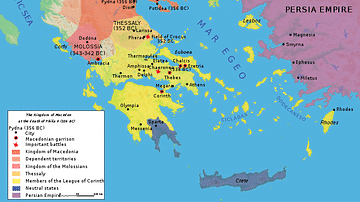
Article
The Hypaspists in Ancient Sources
Hypaspist translitterates the Greek term meaning shield-bearer, or armour-bearer (ὁ ὑπασπιστής). This noun is formed from the verb ὑπασπίζειν - to carry the shield for another; serve as a shieldbearer. The Shieldbearers of the Argead kings...
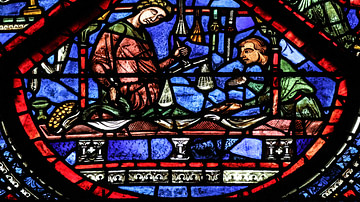
Article
Eyes on the East: Chronicles of the Indian Ocean Spice Trade
As the 15th century ended, Europeans were still mostly in the dark about the Eastern world. Early travelers like Marco Polo had given the West tidbits of information, but these accounts were too highly colored and fragmentary to provide a...
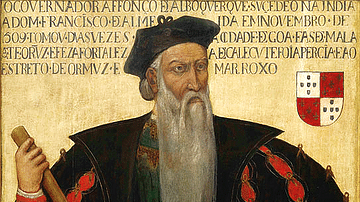
Image
Afonso de Albuquerque
A 16th-century portrait of Afonso de Albuquerque who established the colony of Portuguese Goa in India and who served as the Viceroy of the Estado da India from 1509 to 1515. (National Museum of Ancient Art, Lisbon)

Image
National Palace, Mexico City
The facade of the National Palace in Mexico City, once seat of the viceroy of New Spain when part of the Spanish Empire.
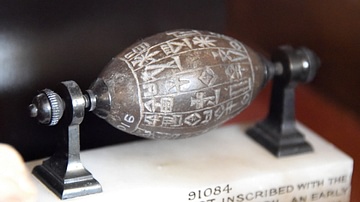
Image
Macehead with the Name of Anum-mutabil
This oval stone mace-head was inscribed with the name of Anum-mutabil (formerly read as Ilum-muttabbil), governor of the Babylonian city Dur-ilu. The cuneiform inscription reads "Ilum-muttabbil, mighty man, favorite of god Istaran, beloved...
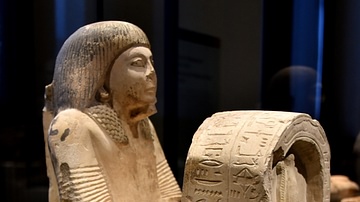
Image
Statue of Setau
Kneeling figure of Setau, Viceroy of Kush, holding a stela (stelophor).Limestone. New Kingdom, 19th Dynasty, reign of Ramesses II, 1279-1213 BCE. Probably from Abydos, Egypt. (The Neues Museum, Berlin, Germany).
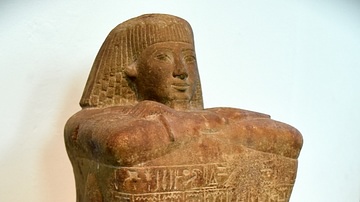
Image
Block Statue of Teti
Teti, who held many official and priestly titles, sits on a mat. He wears a priest's leopard skin and sandals. The tail of the leopard lies beside his right foot. His right hand clasps a lotus flower, a symbol of rejuvenation. The hieroglyphic...
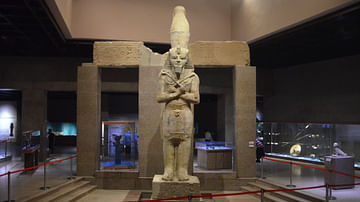
Image
Ramesses II from Gerf Hussein
Statue of Ramesses II (r. 1279-1213 BCE), one of several such figures that acted as pillars in the forecourt of the temple of Gerf Hussein in Nubia. The temple, dedicated to Ptah and Hathor and built by Setau, Viceroy of Nubia, consisted...
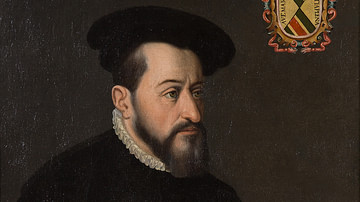
Image
Antonio de Mendoza
Antonio de Mendoza (l. 1495-1552), viceroy of New Spain, oil on canvas painting by an unknown artist.
Salón de Virreyes, National Museum of History, Mexico City.